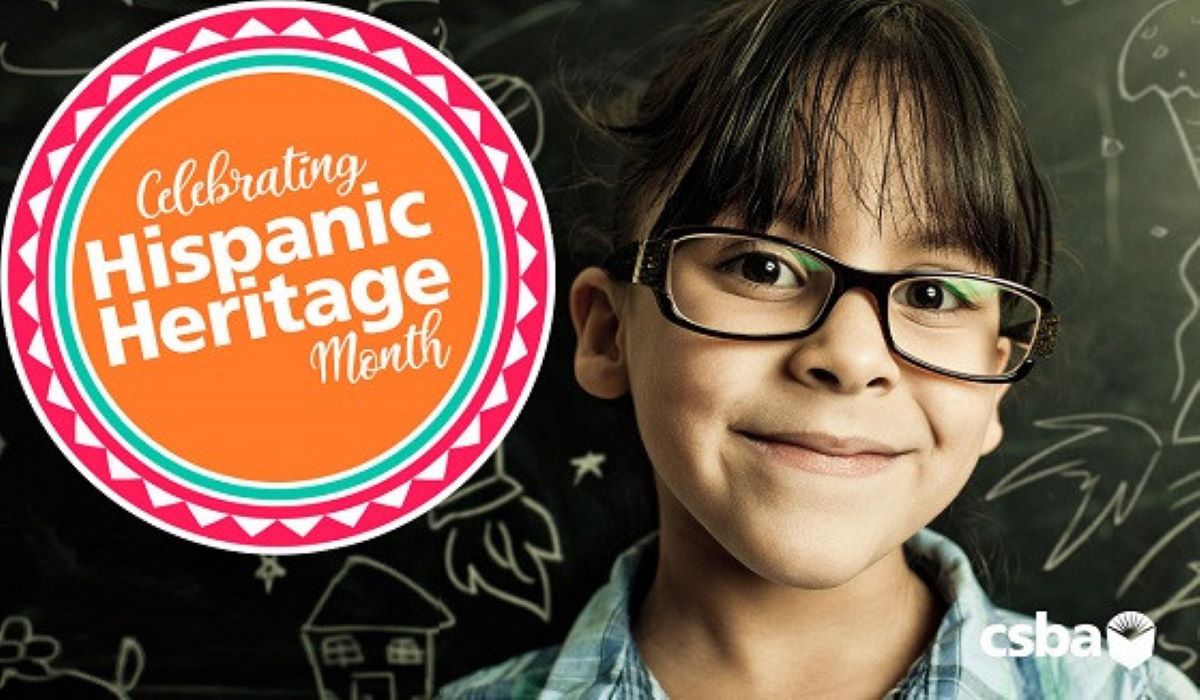Comprehensive community schools are needed now more than ever, according to experts who spoke during a Jan. 12 webinar hosted by the Center for Universal Education to launch the Community Schools Forward Task Force’s essential community school resources.
In light of the immediate and lingering impacts of the pandemic on students, families and staff, the community schools model has been identified as a strong strategy to address wide-ranging needs.
“We know that coming out of COVID, there are still long-lasting impacts on inequality, learning, children’s mental health — and the vast needs require a strategy that is commensurate to them. Narrow or short-term remedial approaches, while useful, won’t actually solve the core problems.” said Rebecca Winthrop, a senior fellow and director of the Center for Universal Education at the Brookings Institution. “The community schools strategy is, in my estimation, one of the best strategies that meets the moment. If schools can partner really effectively with the broad ecosystem of actors … it can help the financial sustainability of the holistic approach to education because school systems aren’t the only ones that have child-focused budgets, and they can blend and braid funding from other sectors.”
Rather than simply providing medical and dental care, or mental and behavioral health services, community schools combine academics with a range of vital in-house services, supports and opportunities to students and their families that are integral to promoting learning and overall development. And because each community school’s operations and offerings reflect local needs, assets and priorities, no two are identical.
The Community Schools Forward Task Force, convened by four national partners — the Learning Policy Institute, the Center for Universal Education at Brookings, the Coalition for Community Schools and the Children’s Aid National Center for Community Schools — brought together national and local community school practitioners and advocates to identify and create field-informed resources to align, build and scale evidence-based, effective and sustainable community schools.
The resulting set of essential community school resources include a framework to define community schools; an implementation theory of action and key outcomes and indicators; assessment of capacity-building resources needed to strengthen community schools; and preliminary implementation tools and resources needed to scale community schools.
New tools
Community Schools Forward comprises three core strategies on how to best align, build and scale community schools. In support of those goals, the following three tools were developed to guide adoption and implementation:
Framework: Essentials for Community School Transformation: This visual framework shows the essential elements of a fully implemented community school and depicts the integrated nature of community school transformation.
Theory of Action for Community School Transformation: This tool explains the activities practitioners can undertake and the expected outcomes as they implement the essential elements of community school transformation. It also highlights the key structures that support schools to mature and sustain the strategy.
Outcomes and Indicators for Community Schools: A Guide for Implementers and Evaluators: This tool identifies realistic expectations for community school impact areas and long-term outcomes, and it specifies short- and medium-term outcomes and measures to monitor progress and continuously improve.
“Scaling community schools remains extremely challenging both for practitioners and for policymakers,” said Jeannie Oakes, presidential professor emeritus in Educational Equity at UCLA and senior fellow in residence at the Learning Policy Institute. In addition to the aforementioned guidance, a funding tool was developed to aid in starting, scaling and sustaining community schools.
The Community Schools Costing Tool and accompanying user guide are designed to provide a means of estimating the cost of transforming a traditional school into a community school, as well as to help users think about these resources within the context of a comprehensive community schools framework and assist with planning.
California and rural community schools
The California Department of Education in 2021 launched the California Community Schools Partnership Program (CCSPP), which supports schools’ efforts to partner with community agencies and local government to align community resources to improve student outcomes. In 2022, the Legislature added additional funding and expanded the program through 2031. There are three separate funding opportunities through the CCSPP: planning grants, implementation grants and extension grants. For more information, visit www.cde.ca.gov/ci/gs/hs/ccspp.asp
The new guidance can also be used to help rural and urban schools alike kickstart the process of transitioning into community schools, explained Dreama Gentry, founder and CEO of Partners for Rural Impact.
“The community schools model in rural places is just natural. It fits because in rural places the school is the heart of the community,” she said, noting that all community schools will be unique. “We’ve seen community schools on one side of the mountain look very different than one on the other side of the mountain, but what they all have are these essential elements,” outlined in the new tools.
“It works in rural places, it works in urban places — because it is really locally designed,” Gentry continued. “You’re using the evidence-based framework locally to put the kids at the center.”
A recording of the webinar and presentation slides are available at https://bit.ly/3krtrxJ





